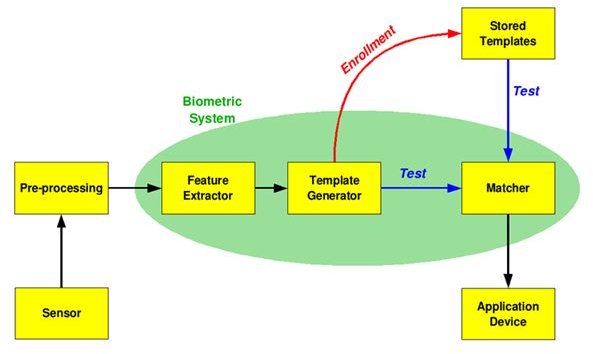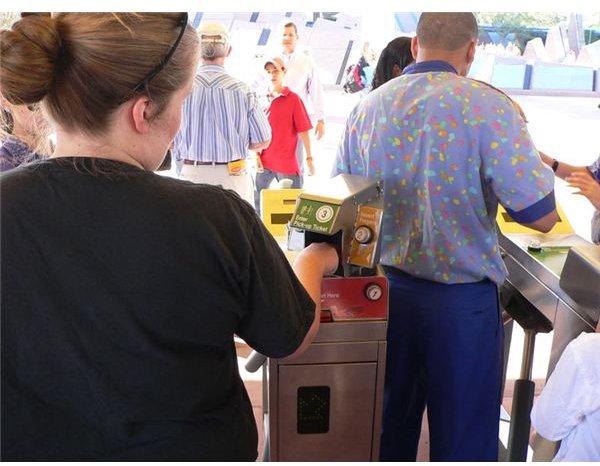What Are the Disadvantages of Biometric Time Clocks?
Problems with Fingerprint Device Identification
Fingerprint biometric device identification is a fast and easy way to identify a user. Fingerprints are highly reliable. However, one problem that can develop is found in those areas where chemicals are used extensively. In such an area, the chemicals in the air can make the fingerprint less reliable.
In general, if the environment changes the biology of the subject, then the biometric device is not reliable.
See Also: What is Biometric Fingerprint Identification?
Problems with Aging
Another type of environmental impact on biometrics can be the result of aging. A person’s appearance changes with time. If facial or vocal scans occur, then it is necessary to do scans frequently, perhaps once a year to keep the current biometric information accurate. Most people do not change appearance over the course of a year, but a security policy should exist that dictates that every person should have a biometric re-scan done periodically.
Problems Due to Health
Another problem with Biometrics can develop from health issues. Accuracy is again a problem if a person’s health affects the accuracy of an individual device. For example, if a person has diabetes, the eyes are affected, so this could affect an iris recognition scan. Ordinary colds could also change the appearance of an individual and affect voice scans.
False Positive Rejects and False Negative Acceptance
The accuracy of a biometric device must be determined and monitored constantly. One problem is the false positive. For instance, a fingerprint system could accidentally allow someone into a location who does not belong there. Or the other side of the coin, a person who should be allowed into a location could be kept out because of the biometrics.
Technicians should know before they install a device how much leeway is allowed in identification. The less the better. In other words, the device should be accurate over 98% of the time, or it is not reliable. And even then, once a failure occurs, there should be practices in place about how to deal with the identification.
See also: Biometric Access Control Devices
Time
Simply put, the time it takes to do the biometric identification should be fast. Unless you are at a place like a public airport where exams are more intense, a biometric exam should be quick. If there is a problem with the biometric device, time and accuracy are in jeopardy. This puts the onus on someone checking the device periodically to make sure that it is functioning at high acceptable levels.
Hardware and Software Problems
The hardware involved must be reliable and from a reputable company. “Re-furbished” hardware is not acceptable. That is hardware that has been purchased, returned and refitted at the company manufacturing site, and then resold. The disadvantages of biometric time clocks that are refurbished is that if they failed once, they could fail again.

Software issues are also important. Many biometric devices run with software that stores and compares the biometrically scanned data with the data that is stored in the device. In other words, the device has to compare the scanned biological feature and compare it against a database of biological elements. If the software fails, the device also fails, and there cannot be any accurate comparison.
You can read also ready about The History of Biometrics and Biometric Devices.
Source
Image: Wikimedia Commons/Raul654
Image: Wikimedia Commons/Alessio Damato
Reference: U.S. Government Biometrics website, retrieved at https://www.biometrics.gov/ReferenceRoom/Introduction.aspx
